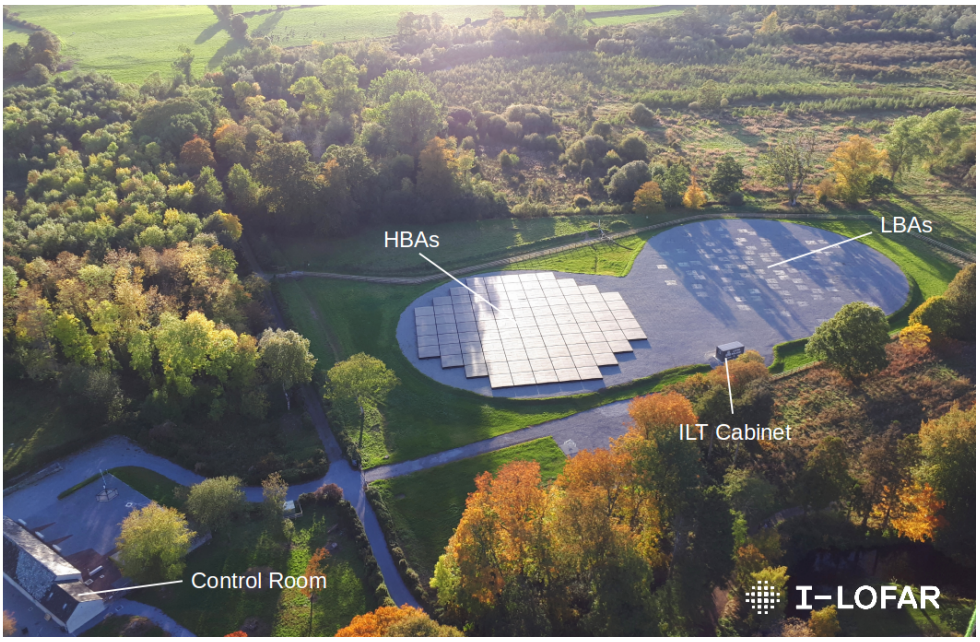The European Astronomical Society Annual General Meeting is set to take place from 23-27 June 2025 in University College Cork.
Read moreRecent News
-
EAS Annual Meeting 2025
04 Feb 2025
-
Stargazers to descend on Cork for largest astronomical conference ever held in Ireland
19 Sep 2024
- Conference will boost local economy by €2.8 million
- Cork’s biggest international conference to date
- Public astronomy events planned throughout the week of the conference
-
Exoplanet Formation Publication
06 Sep 2024
-
Max-Planck Institute Astronomy Workshop
12 Jul 2024
Professor Bertram Bitsch, School of Physics, UCC participated and co-organised the "Challenge Accepted: Linking Planet Formation with Present-Day Atmospheres" workshop this week at the Max-Planck-Institute for Astronomy in Heidelberg, Germany.
Read more -
LISA Symposium 2024
15 Jul 2024
Dr. Michael Tremmel attended the 15th International LISA Symposium 2024 which was held in Dublin between the 7th and 12th July.
Read more -
Massive Black Holes Conference
08 May 2024
The Massive Black Holes in the First Billion Years Conference which was held in Kinsale last week from 29th April to 3rd May 2024 was a huge success!
Read more -
INAM 2023
07 Jul 2023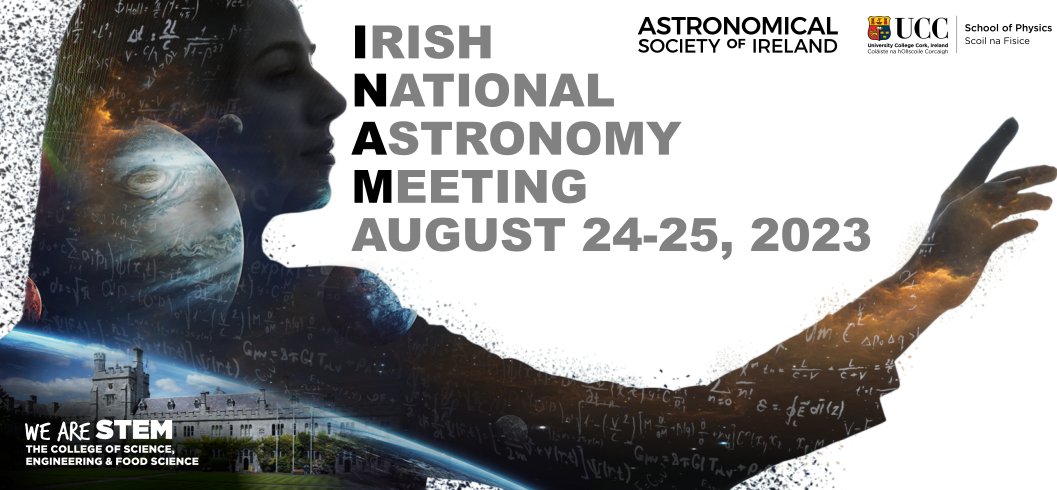
INAM 2023 will be hosted by School of Physics, UCC on August 24th & 25th.
Read more -
New Paper Alert!
16 Apr 2024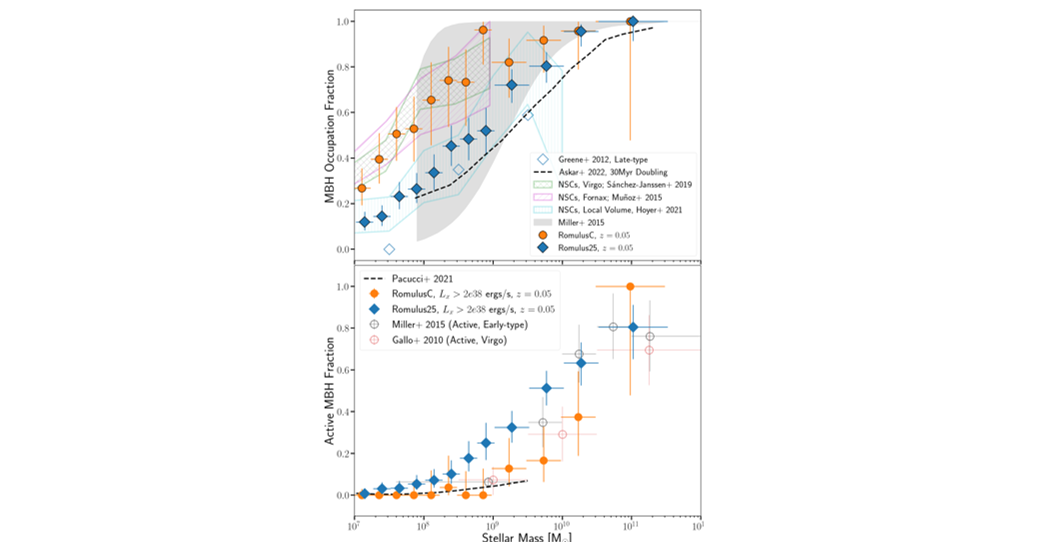
Dr. Michael Tremmel and collaborators have issued a new paper published in the Open Journal of Astrophysics.
Read more -
Skellig Coast Dark Sky Festival 2024
09 Apr 2024
Professor Paul Callanan of School of Physics, UCC was invited to take part in the Skellig Coast Dark Sky Festival which ran from 4th - 7th April 2024.
Read more -
Nature Paper Press Release - Prof Bertram Bitsch & Collaborators
20 Mar 2024
Diets of the stars: differences in ‘twin’ stars may be due to ingesting planets, study finds
Read more -
European Astronomical Society, visit to School of Physics, UCC
05 Mar 2024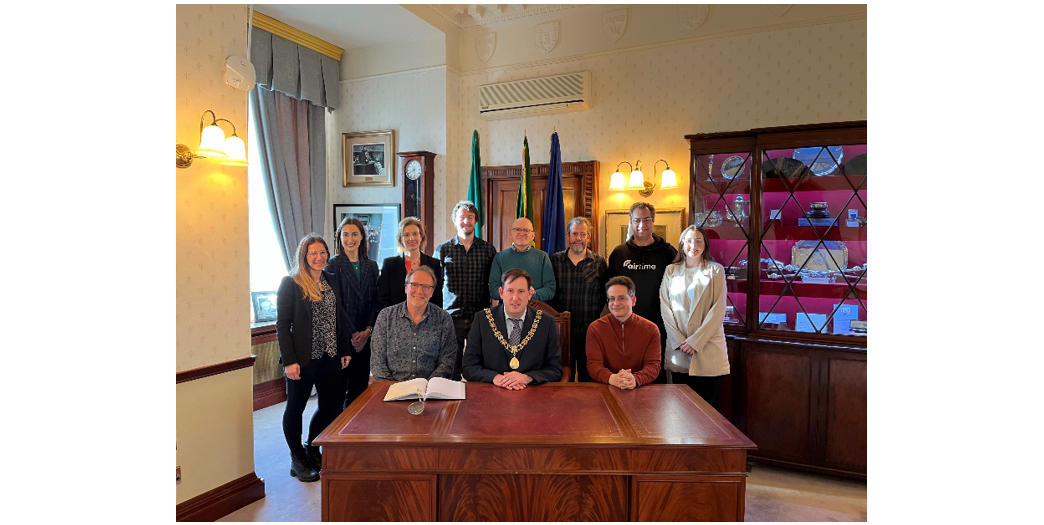
Last week, the School of Physics welcome 2 representatives from the European Astronomical Society, Professor Lex Kaper and Professor Marc Audard and 2 from Kuoni Congress, Ms. Laurie Bosson and Mr. Franck Grosset, as part of University College Cork's bid to host the European Astronomical Society's annual meeting in 2025.
Read more -
Dunsink Observatory Dublin
09 Feb 2024
On Wednesday February 7th, Professor Bertram Bitsch, Professor Paul Callanan, Dr. Mark Kennedy and Dr. Michael Tremmel travelled to Dunsink Observatory in Dublin to take part in a meeting with the European Space Agency's Director of Science, Professor Carole Mundell.
Read more -
Visit to CERN, Geneva
06 Feb 2024
This visit to CERN was organised by the Department of Further and Higher Education, Research, Innovation and Science (DfHERIS) and consisted of a delegation of stakeholders from across the Irish education and research landscape, including UCC Physics and Tyndall National Institute.
Read more -
Use of use HiPERCAM on the Gran Telescopio Canarias
05 Dec 2023
Dr. Mark Kennedy, School of Physics, UCC as a member of the ULTRACAM collaboration led by Professor Vik Dhillon (University of Sheffield) has recently been trained to use HiPERCAM on the Gran Telescopio Canarias.
Read more -
Max Planck Institute visit
28 Nov 2023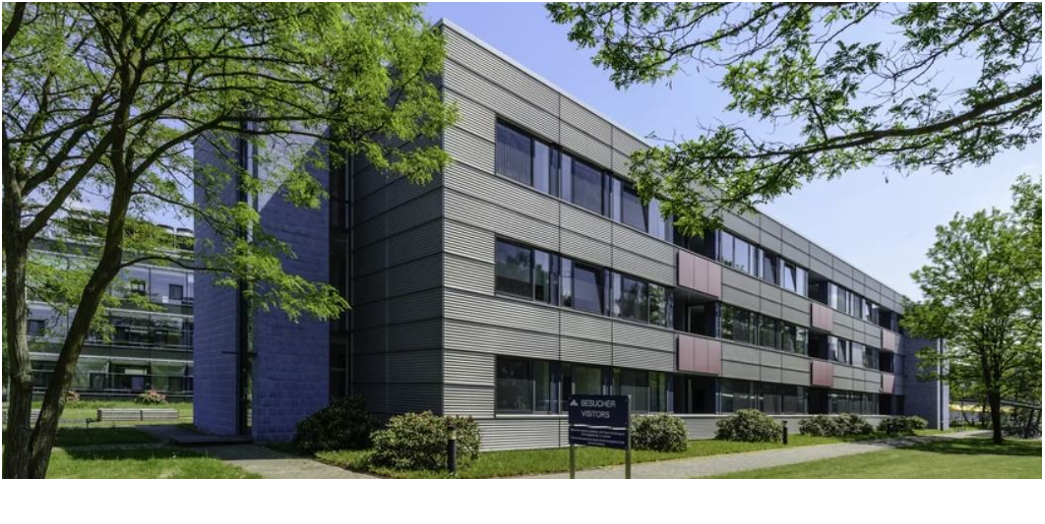
Dr. Mark Kennedy, School of Physics, UCC visited the Max Planck Institute for Gravitational Physics in Hannover, Germany from November 28th to December 1st.
Read more -
Dr. Mark Kennedy - A Significant Discovery
26 Oct 2023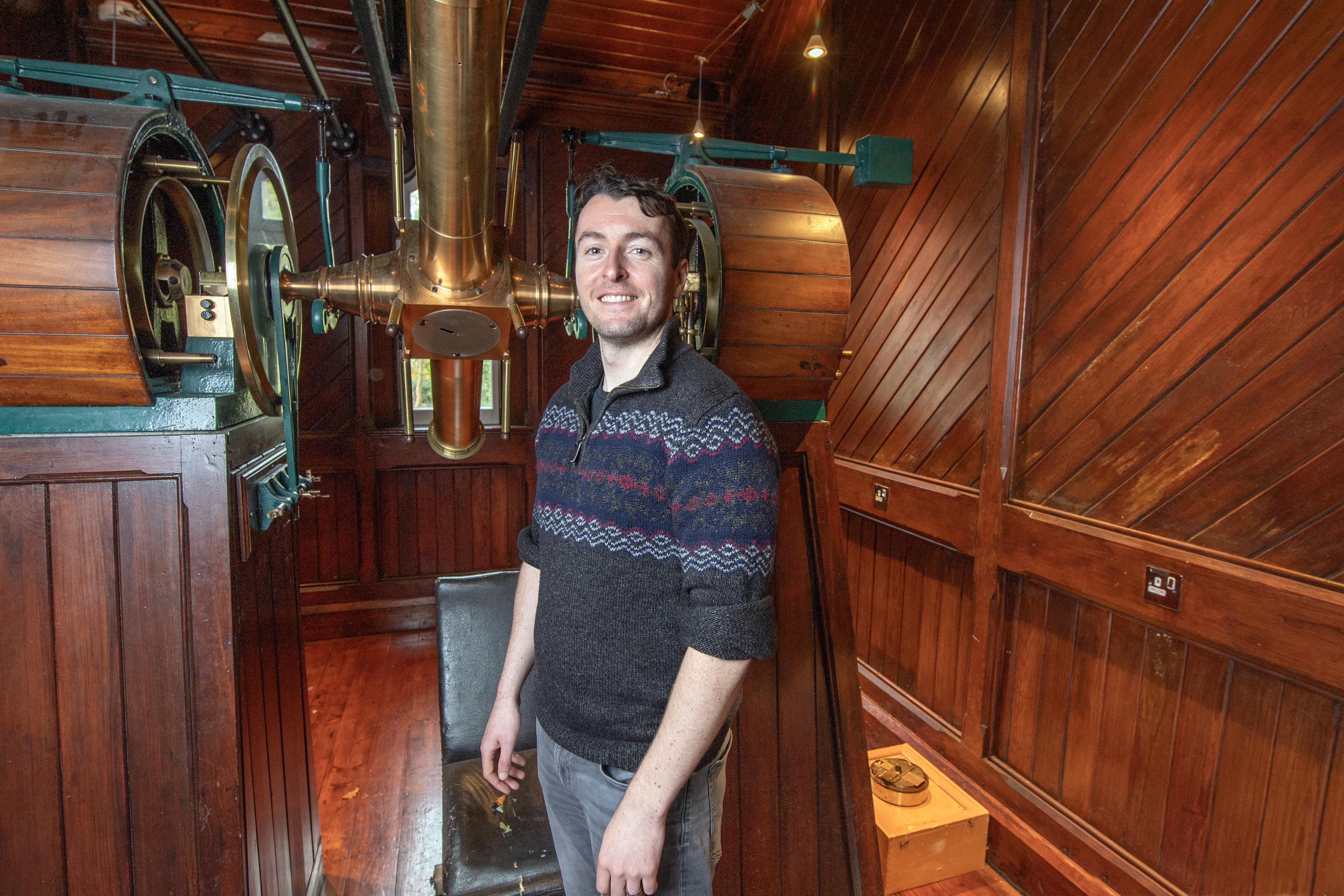
-
Cork Astronomy: LISA Consortium Membership
06 Sep 2023
*Image of a galaxy merger, the precursor to massive black hole binaries/mergers.
Cork Astrophysics is now an official member group of the LISA Consortium.
Read more -
The Renaissance of Stellar Black-Hole Detections in The Local Group
30 Jun 2023
Dr. Mark Kennedy of School of Physics, UCC attended a workshop in the Lorentz Centre, June 2023.
Read more -
ASTRONET Roadmap
03 May 2023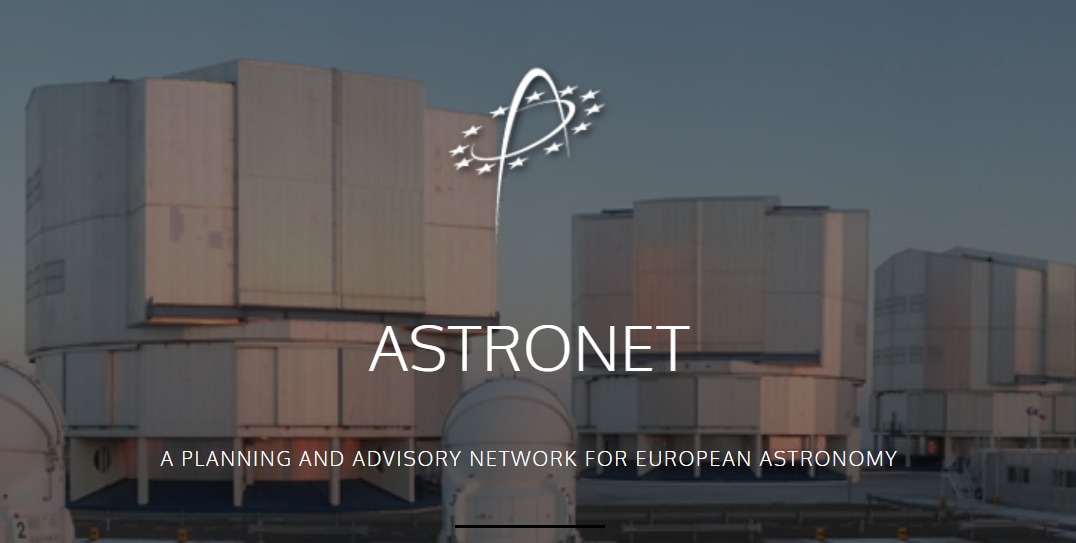
ASTRONET, publishes today its Science Vision and Infrastructure Roadmap 2022-2035, a strategic plan for European Astronomy.
Read more -
Visit to Chile
25 Apr 2023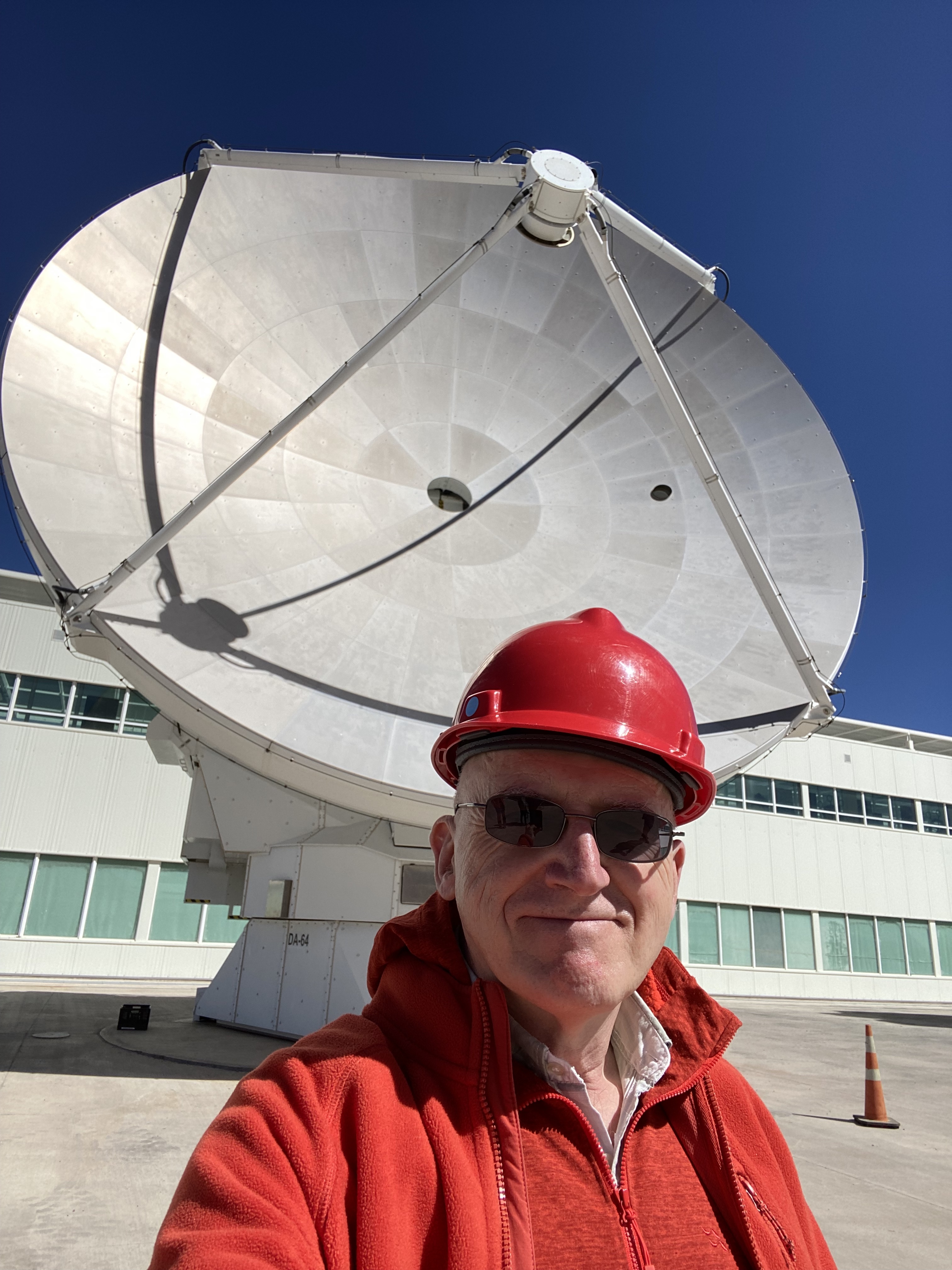
Professor Paul Callanan, School of Physics, UCC visited the European Southern Observatories telescopes in Chile last week.
Read more -
Dr. Mark Kennedy of School of Physics UCC part of team studying neutron stars with NASA telescope
03 Feb 2023
Dr Mark Kennedy from the School of Physics, UCC is part of an international team of researchers that has used a NASA telescope to further our understanding of one of the most exotic types of objects in the Universe: neutron stars.
Read more -
Invisible Monsters: Searching for the hidden population of galactic black holes
06 Oct 2021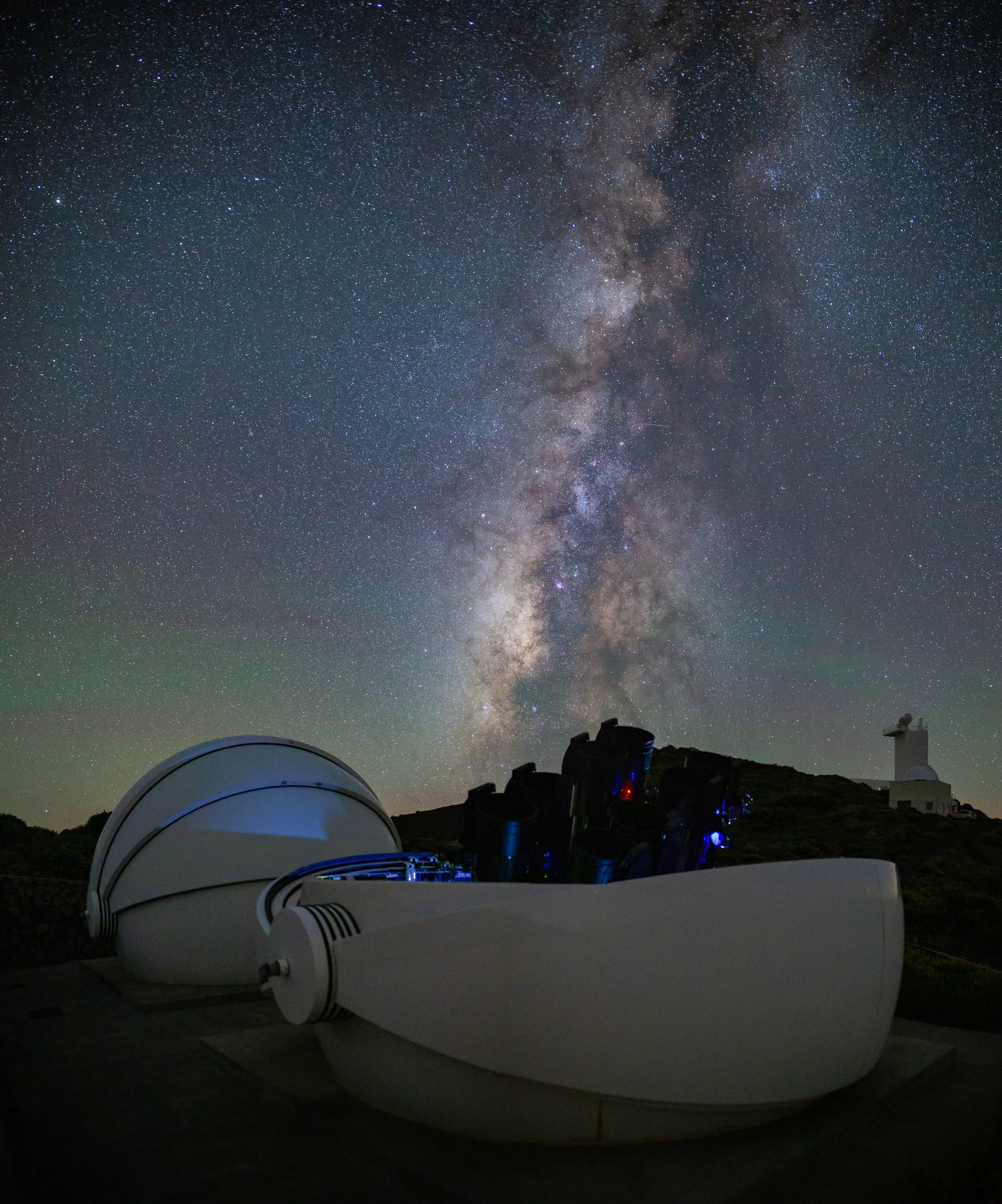
We're delighted to welcome back Dr Mark Kennedy to the Astrophysics: X-ray Binaries research group, for his two-year IRC Govt of Ireland Postdoctoral Research Fellowship on his project "Invisible Monsters: Searching for the hidden population of galactic black holes"!
Read more -
First Results from the REAL-time Transient Acquisition backend (REALTA) at the Irish LOFAR station
25 Aug 2021Modern radio interferometers such as the LOw Frequency ARray (LOFAR) are capable of producing data at hundreds of gigabits to terabits per second. This high data rate makes the analysis of radio data cumbersome and computationally expensive. While high performance computing facilities exist for large national and international facilities, that may not be the case for instruments operated by a single institution or a small consortium. Data rates for next generation radio telescopes are set to eclipse those currently in operation, hence local processing of data will become all the more important. Here, we introduce the REAL-time Transient Acquisition backend (REALTA), a computing backend at the Irish LOFAR station (I-LOFAR) which facilitates the recording of data in near real-time and post-processing. We also present first searches and scientific results of a number of radio phenomena observed by I-LOFAR and REALTA, including pulsars, fast radio bursts (FRBs), rotating radio transients (RRATs), the search for extraterrestrial intelligence (SETI), Jupiter, and the Sun.
Read on arxiv.org

